I'd like to offer another solution that uses the Path object's contains_points() method instead of contains_point():
First get the coordinates of the ellipse and make it into a Path object:
elpath=Path(el.get_verts())
(NOTE that el.get_paths() won't work for some reason.)
Then call the path's contains_points():
validcoords=elpath.contains_points(coords)
Below I'm comparing @tacaswell's solution (method 1), @Drv's (method 2) and my own (method 3) (I've enlarged the ellipse by ~5 times):
import numpy
import matplotlib.pyplot as plt
from matplotlib.patches import Ellipse
from matplotlib.path import Path
import time
#----------------Create an ellipse----------------
el=Ellipse((50,-23),50,70,30,facecolor=(1,0,0,.2), edgecolor='none')
#---------------------Method 1---------------------
t1=time.time()
for ii in range(50):
y=numpy.arange(-100,50)
x=numpy.arange(-30,130)
g=numpy.meshgrid(x,y)
coords=numpy.array(zip(*(c.flat for c in g)))
ellipsepoints = numpy.vstack([p for p in coords if el.contains_point(p, radius=0)])
t2=time.time()
print 'time of method 1',t2-t1
#---------------------Method 2---------------------
t2=time.time()
for ii in range(50):
y=numpy.arange(-100,50)
x=numpy.arange(-30,130)
g=numpy.meshgrid(x,y)
coords=numpy.array(zip(*(c.flat for c in g)))
invtrans=el.get_transform().inverted()
transcoords=invtrans.transform(coords)
validcoords=transcoords[:,0]**2+transcoords[:,1]**2<=1.0
ellipsepoints=coords[validcoords]
t3=time.time()
print 'time of method 2',t3-t2
#---------------------Method 3---------------------
t3=time.time()
for ii in range(50):
y=numpy.arange(-100,50)
x=numpy.arange(-30,130)
g=numpy.meshgrid(x,y)
coords=numpy.array(zip(*(c.flat for c in g)))
#------Create a path from ellipse's vertices------
elpath=Path(el.get_verts())
# call contains_points()
validcoords=elpath.contains_points(coords)
ellipsepoints=coords[validcoords]
t4=time.time()
print 'time of method 3',t4-t3
#---------------------Plot it ---------------------
fig,ax=plt.subplots()
ax.add_artist(el)
ep=numpy.array(ellipsepoints)
ax.plot(ellipsepoints[:,0],ellipsepoints[:,1],'ko')
plt.show(block=False)
I got these execution time:
time of method 1 62.2502269745
time of method 2 0.488734006882
time of method 3 0.588987112045
So the contains_point() approach is way slower. The coordinate-transformation method is faster than mine, but when you get irregular shaped contours/polygons, this method would still work.
Finally the result plot:



